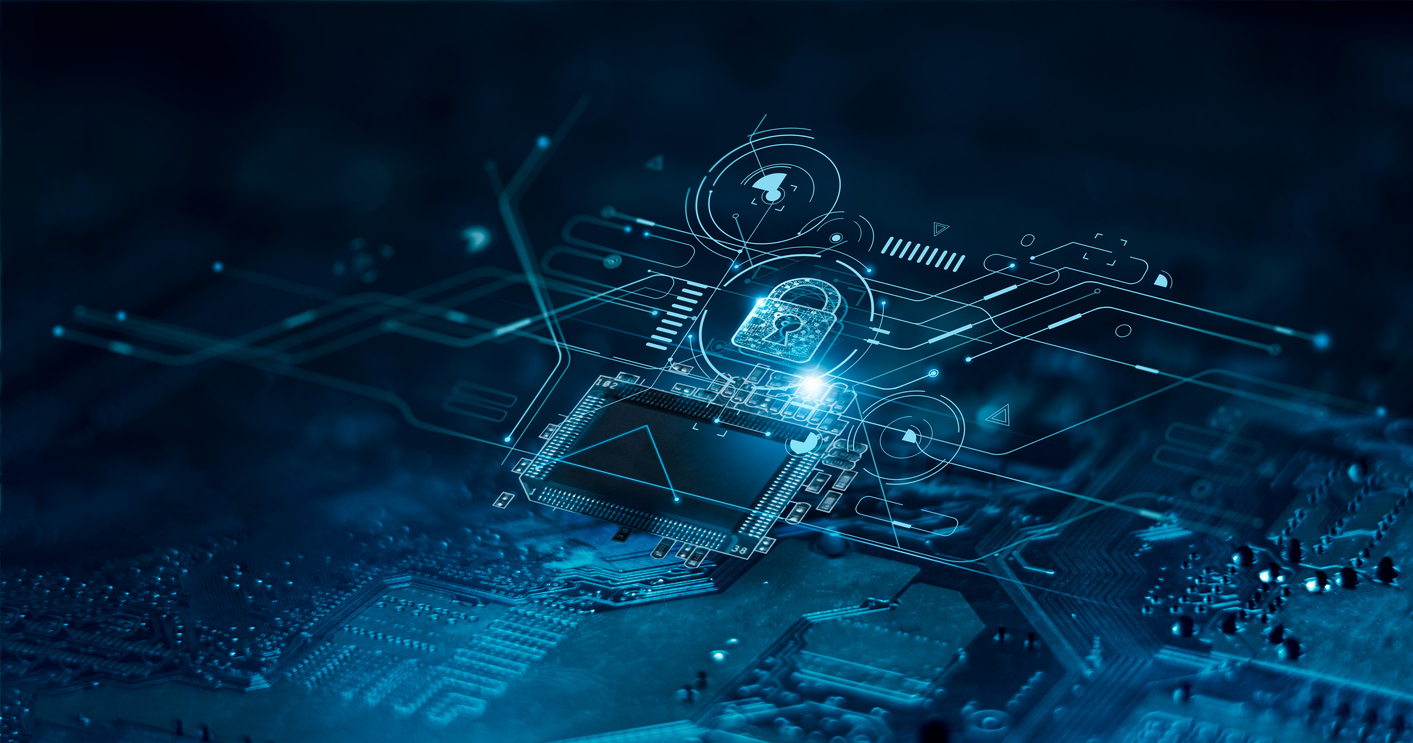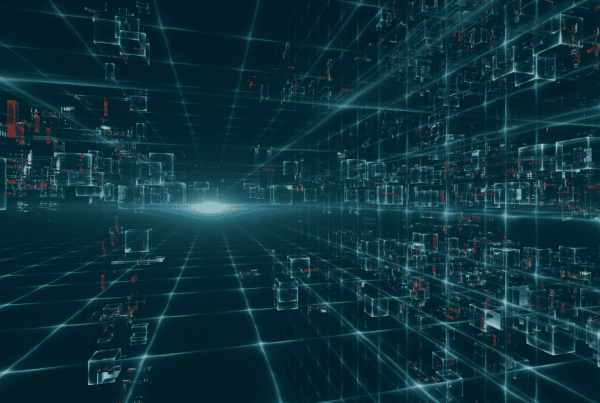As we move towards 2025, the landscape of cybersecurity is evolving rapidly. For IT professionals, CIOs, CTOs, and key decision-makers, staying ahead of these changes is crucial. Here are three critical aspects of cybersecurity that you need to be aware of:
1. The rise of AI-Driven Cyber Threats
Artificial Intelligence (AI) is a double-edged sword in the realm of cybersecurity. While AI can significantly enhance threat detection and response times, it also empowers cybercriminals to launch more sophisticated attacks. By 2025, AI-driven phishing and malware attacks are expected to become more prevalent (The Evolving State of Cybersecurity in 2025). Organizations must invest in AI-based defenses to stay ahead of these threats.
Key Stats:
- Nearly 47% of organizations cite AI as a crucial factor driving their cybersecurity strategies (The Evolving State of Cybersecurity in 2025).
- Only 16% of firms have fully integrated AI into their cybersecurity workflows (The Evolving State of Cybersecurity in 2025).
2. The Importance of Zero Trust Architecture
Zero Trust Architecture (ZTA) is becoming the gold standard for cybersecurity. Unlike traditional security models that trust users within the network, ZTA operates on the principle of “never trust, always verify.” This approach is essential for protecting sensitive data in an era where remote work and cloud services are ubiquitous (The Future of Cybersecurity: Trends to Watch in 2025).
Key Stats:
- By 2025, zero trust will be a standard approach for many organizations (The Future of Cybersecurity: Trends to Watch in 2025).
- Only 29% of firms have developed new cybersecurity metrics to measure their progress effectively (The Evolving State of Cybersecurity in 2025).
3. Addressing the Cybersecurity Workforce Gap
The demand for cybersecurity professionals continues to outpace supply. With nearly 470,000 job openings in the U.S. alone between May 2023 and April 2024, the workforce gap remains a significant challenge (The Evolving State of Cybersecurity in 2025). Companies must focus on both hiring new talent and upskilling their existing workforce to bridge this gap.
Key Stats:
- 56% of firms plan to focus on training their existing workforce (The Evolving State of Cybersecurity in 2025).
- The global cybersecurity market is projected to hit $200 billion by 2028 (The Evolving State of Cybersecurity in 2025).
Conclusion
Staying ahead in cybersecurity requires a proactive approach. By understanding and addressing the rise of AI-driven threats, adopting Zero Trust Architecture, and tackling the workforce gap, organizations can better protect their digital assets in 2025 and beyond.
If you need help assessing your cybersecurity risks or want more information, contact Aureon today. Our team of experts is here to help you navigate the complexities of cybersecurity.





